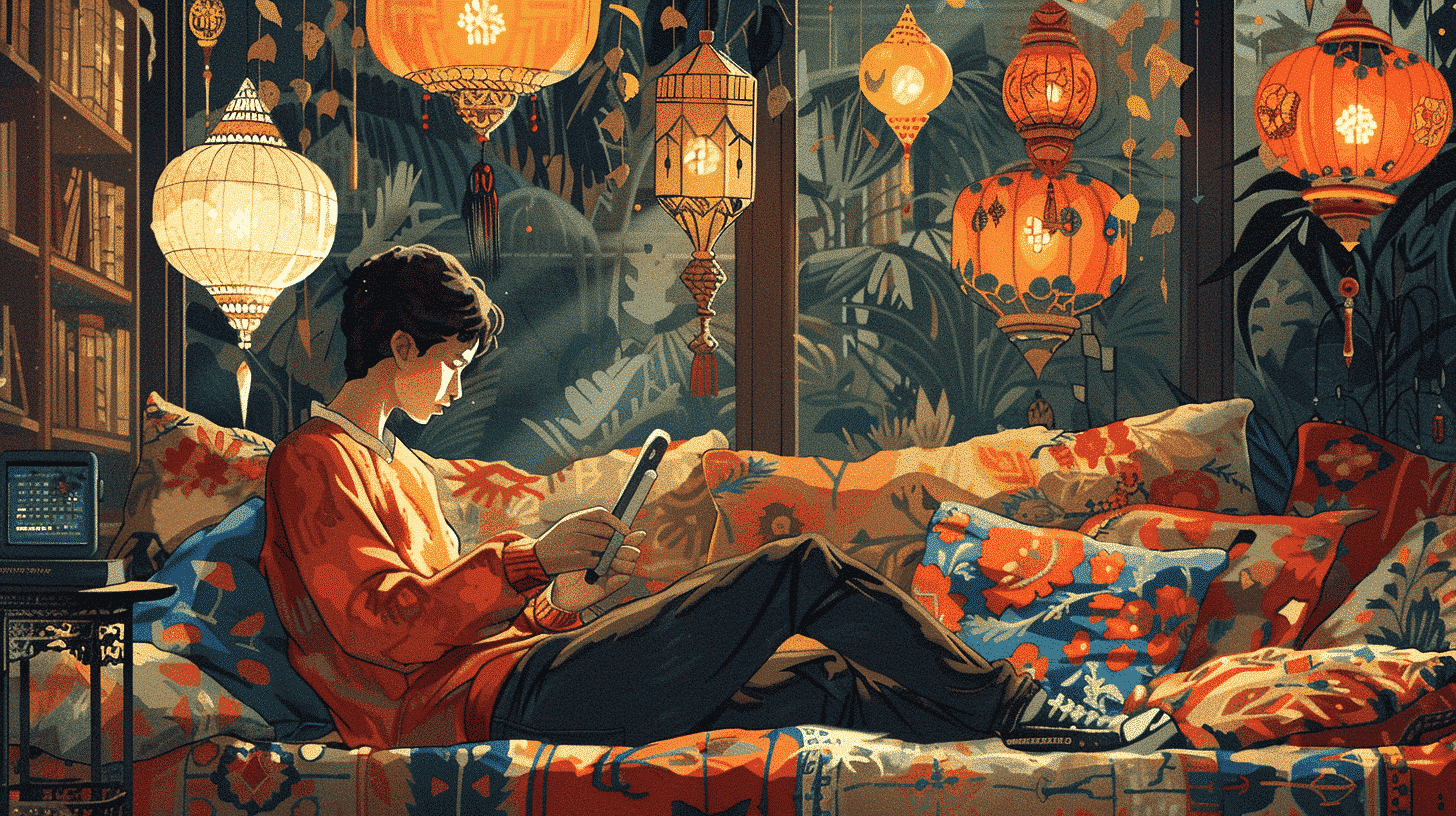Nosia
This term refers to the traditional Bulgarian folk costume. A complete nosia typically includes a shirt, vest, belt, trousers, or skirt, and often features intricate embroidery. It differs from region to region, with specific colors, patterns, and accessories signifying a local area’s cultural identity.
During the festival, many participants wore their regional nosia, proudly showcasing their heritage.
Saya
Saya is a type of traditional Bulgarian long skirt worn by women as part of the folk costume. The skirt is often made from wool and decorated with weaves, embroidery, or sequins. It is especially characteristic of the traditional costumes in the Pirin region.
The dancers’ saya swirled beautifully as they twirled to the rhythm of the Bulgarian folk music.
Sukman
A sukman is a sleeveless woolen dress that is part of a woman’s traditional Bulgarian attire. Similar to the saya, it is adorned with ornamental patterns but distinguishes itself with a closer fit to the body.
Her handmade sukman drew everyone’s attention with its colorful embroidery and fine craftsmanship.
Poturi
Poturi refers to the traditional wide-legged trousers typically worn by Bulgarian men. The pants are made of thick white cloth and are an essential component of male traditional outfits, particularly in the areas of the Rhodope Mountains.
For the dance performance, he dressed in white poturi, which allowed for a wide range of movement.
Kalpak
Kalpak is a traditional Bulgarian men’s hat made of wool or fur. It is conical in shape and sometimes includes a decorative tassel. The kalpak is a significant aspect of the Bulgarian national costume and is also considered a symbol of freedom and national pride.
He wore his grandfather’s kalpak with pride at the parade, honoring his ancestors.
Poyas
Poyas is the term for the traditional belt or sash used in Bulgarian national costumes. It is often handwoven and richly ornamented, playing not just a functional role, but also an aesthetic one, emphasizing the waistline.
The intricate designs on her poyas were the result of hours of meticulous weaving.
Grivna
In Bulgarian traditional attire, a grivna is a type of heavy, multi-strand necklace, often made of metal coins. It is typically worn by women and serves as a decorative and status symbol.
The jingle of the coins on her grivna could be heard as she moved about the fairground.
Understanding these terms not only gives insight into the beauty of Bulgarian folk costumes but also a glimpse into the rich cultural tapestry of Bulgaria. Wearing or simply recognizing these garments and textiles can create a deeper connection to the country’s traditions and history.









